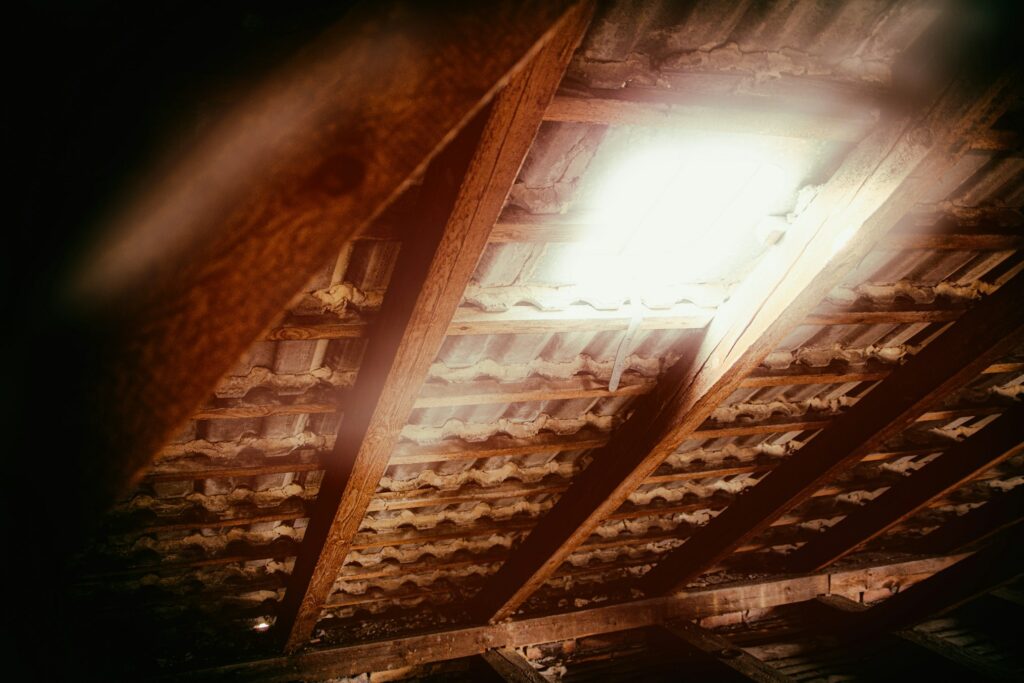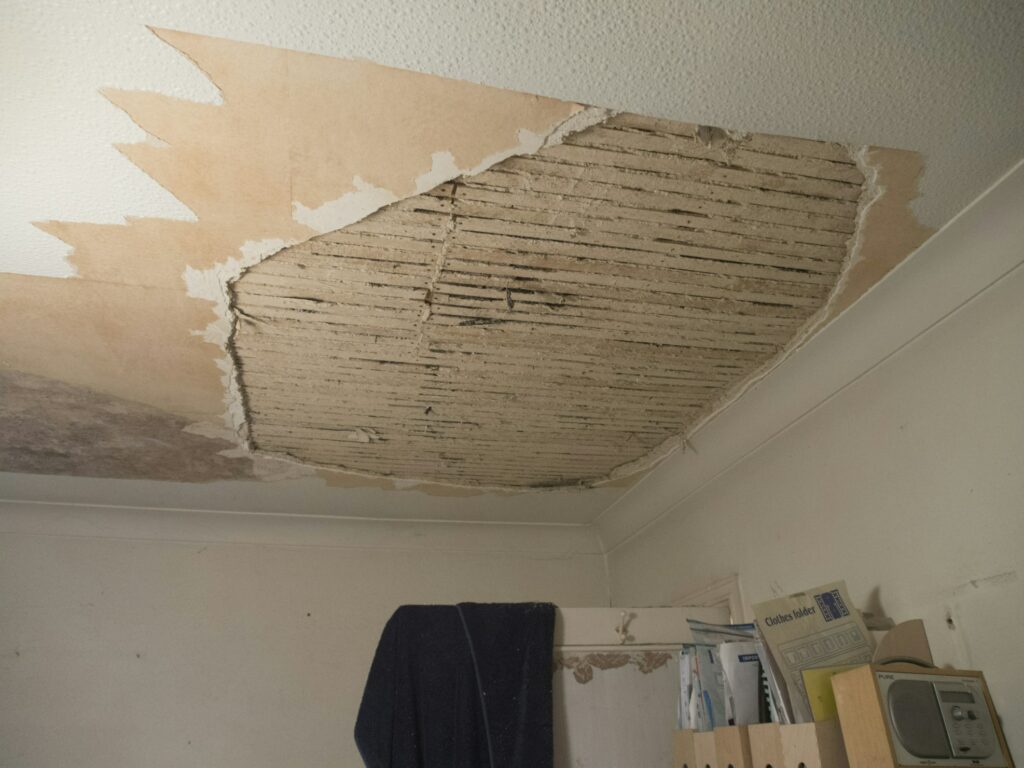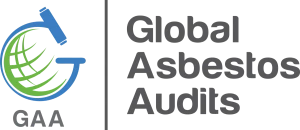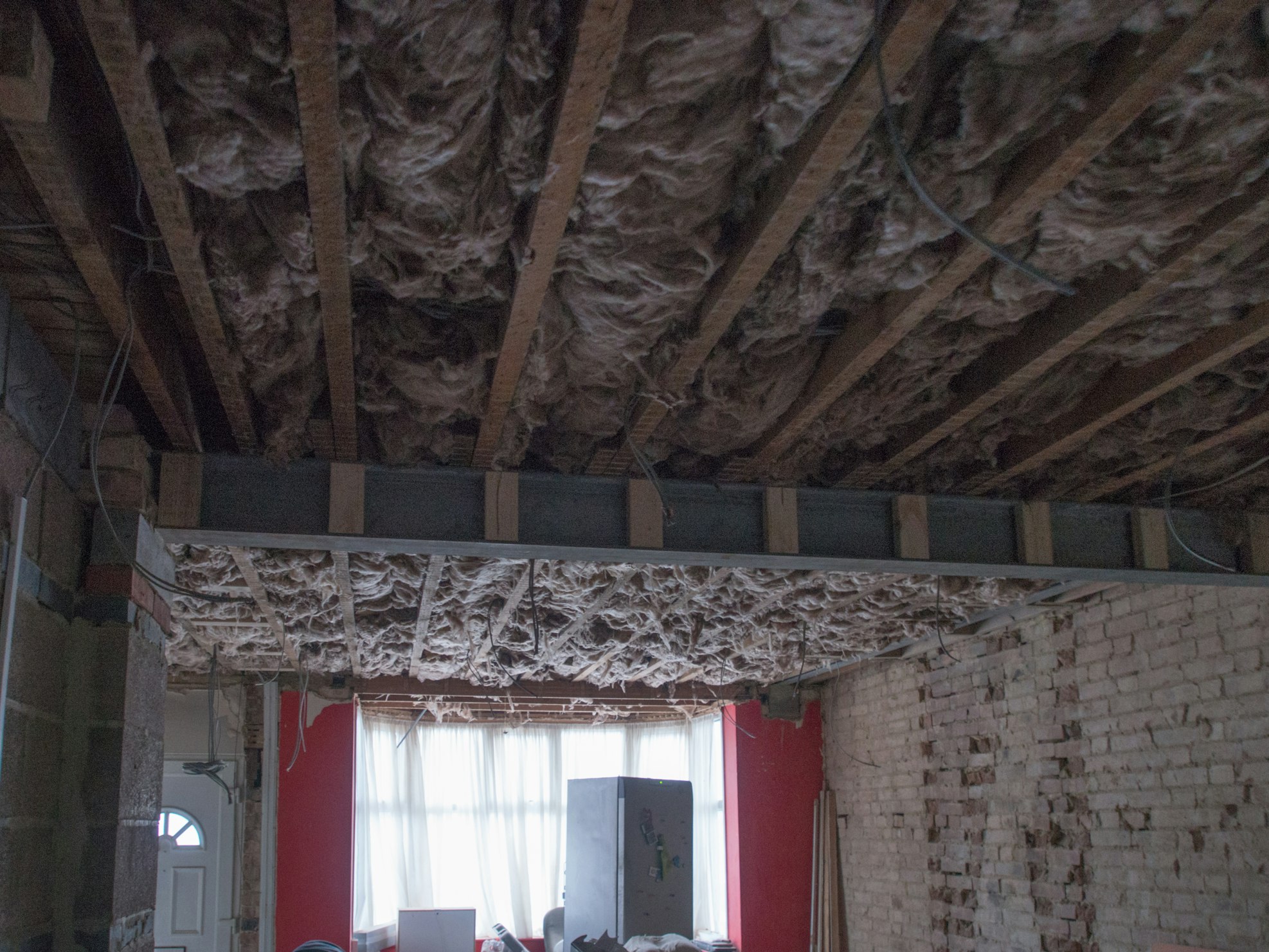In commercial buildings across Australia, one of the most common concerns during renovations, maintenance, or tenancy changes is whether the ceiling contains asbestos. While visual cues such as texture, material type, and age of construction may raise suspicion, the only reliable way to determine the presence of asbestos is through a professional asbestos inspection.
Asbestos was widely used in Australian commercial construction until its complete ban in 2003, especially in ceiling panels, insulation, and sprayed coatings. This means any building constructed or refurbished prior to this date may pose a risk.
Why Asbestos in Ceilings Is a Serious Concern
Ceilings often house friable asbestos materials which can easily crumble when disturbed, releasing hazardous fibres into the air. In commercial environments, this risk is particularly high during:
- Office fit-outs or refurbishments
- Air Conditioning or electrical work
- Ceiling tile replacement
- Demolition or deconstruction work
Airborne asbestos fibres are invisible and dangerous. Prolonged or repeated exposure can lead to severe health issues, including mesothelioma, lung cancer, and asbestosis. That’s why the Work Health and Safety (WHS) Regulations in Australia place a legal obligation on commercial property owners, managers, and employers to manage asbestos risk.
The Role of a Professional Asbestos Inspection

To comply with Australian Work Health and Safety (WHS) laws, all commercial properties built before 2004 must undergo an asbestos inspection to identify the presence and condition of asbestos-containing materials (ACMs). This is not just a safety precaution; it’s a legal requirement.
At Global Asbestos Audits, we offer two types of inspections to help businesses stay compliant:
Division 5 Asbestos Audit – Visual Inspection (for Management)
A Division 5 Asbestos Audit is a non-intrusive visual asbestos inspection conducted as part of a building’s asbestos management plan. It is required under Regulation 422 of the Model WHS Regulations and is typically carried out:
- During normal occupancy
- For ongoing workplace safety
- To create or update an asbestos register
This audit identifies any accessible or visible asbestos-containing materials, such as ceiling panels or insulation. It’s a crucial first step in keeping building occupants safe and informed.
Division 6 Asbestos Audit – Intrusive Inspection (for Renovation or Demolition)
A Division 6 Asbestos Audit is an intrusive inspection carried out prior to refurbishment, renovation, or demolition. It’s required under Regulation 448 and is designed to locate all ACMs, including those hidden behind walls, ceilings, and flooring.
This type of inspection may involve cutting into ceiling cavities, drilling into suspect materials, or accessing otherwise sealed areas; always handled safely by licensed professionals to avoid exposure.
Can You Identify Asbestos in Ceilings Yourself?

While some visual features, such as popcorn-textured ceilings, fibre cement sheeting, or dated insulation, may suggest the presence of asbestos, self-identification is never accurate or safe. Many asbestos-containing materials resemble modern alternatives.
Only a qualified inspector can confirm the presence of asbestos, and only laboratory testing of material samples can provide definitive results.
Stay Compliant. Stay Safe.
If your commercial building is undergoing changes or if you’ve never conducted an asbestos inspection, it’s critical to act now. At Global Asbestos Audits, our licensed inspectors provide comprehensive Division 5 and Division 6 asbestos audits tailored to your building’s condition and legal requirements. We’ll help you: Identify all ACMs in ceilings and other areas, ensure compliance with WHS regulations and minimise health risks to staff, contractors, and visitors.

